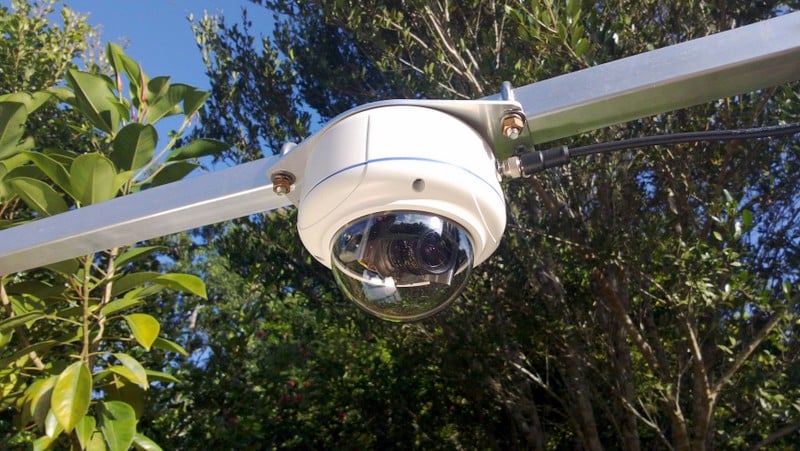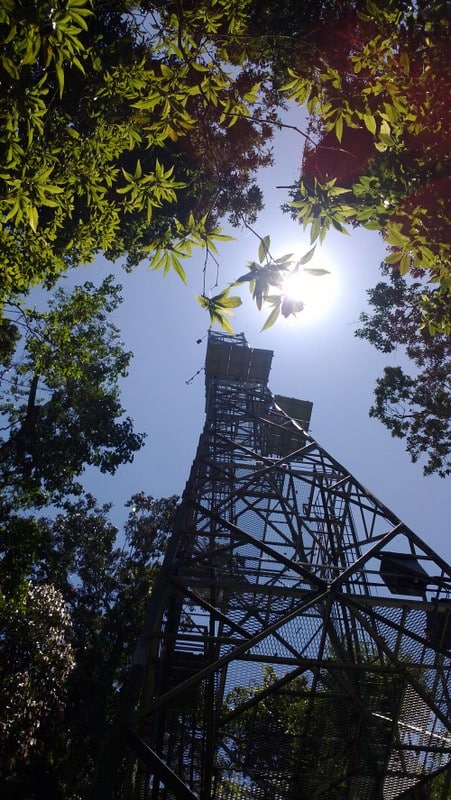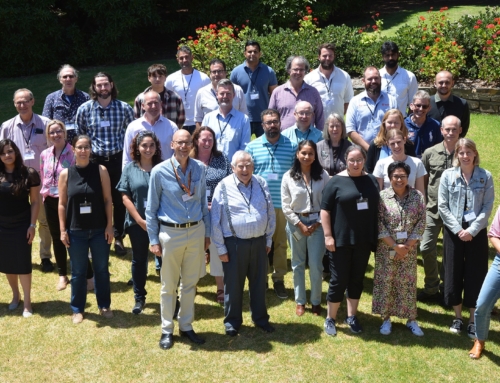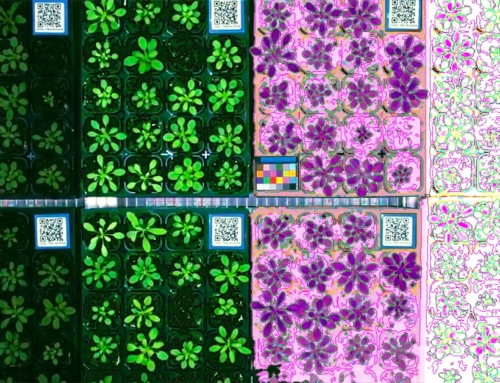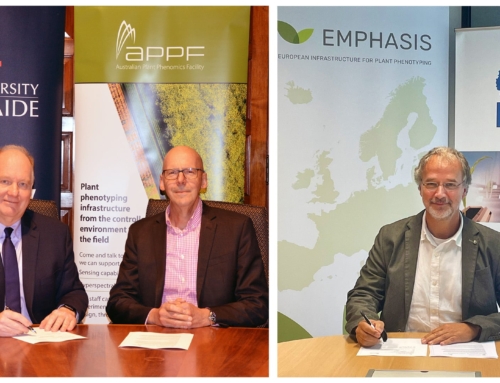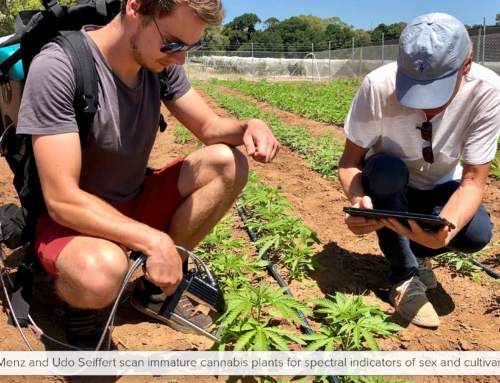Perched 30m above the Daintree Rainforest, Australia’s latest piece of high-tech environmental surveillance kit is keeping watch. 24 hours a day TERN’s new camera, the Sentinal Phenocam, feeds time-lapse images of vegetation to researchers to monitor the timing of vegetation development, including flowering, fruiting and leaf lifecycle—known as phenology. The data allows scientists to analyse the direction and magnitude of changes to vegetation phenology due to climate change and extreme weather events, such as cyclones and droughts.
Dr Tim Brown, of the Australian Plant Phenomics Facility’s ANU node, was involved in the development of the project. He’s predicting that this new phenocam technology will facilitate the expansion of environmental surveillance systems all around the nation.
“I’m really excited about this new technology and its many applications. It is well suited to large-scale research projects, smaller-scale environmental monitoring programs and enabling citizen science projects,” said Tim.
The Sentinal Phenocam is part of a nation-wide network of phenocams that has been installed by fellow NCRIS projects, TERN and the Australian Plant Phenomics Facility, at TERN SuperSites around Australia. This network of cameras forms part of a larger network called the Australian Phenocam Network, which, together with the TERN SuperSites BioImage Portal are making huge amounts of time-lapse image data accessible to scientists studying seasonal vegetation changes and carbon dynamics.
Read the full story and view the live feed here.
Talk with Dr Tim Brown.
What is TERN? The Terrestrial Ecosystem Research Network (TERN) is the national observatory for Australian ecosystems, delivering data streams that enable environmental research and management.
Find out more about the Australian Plant Phenomics Facility and how we can support your plant research here.


